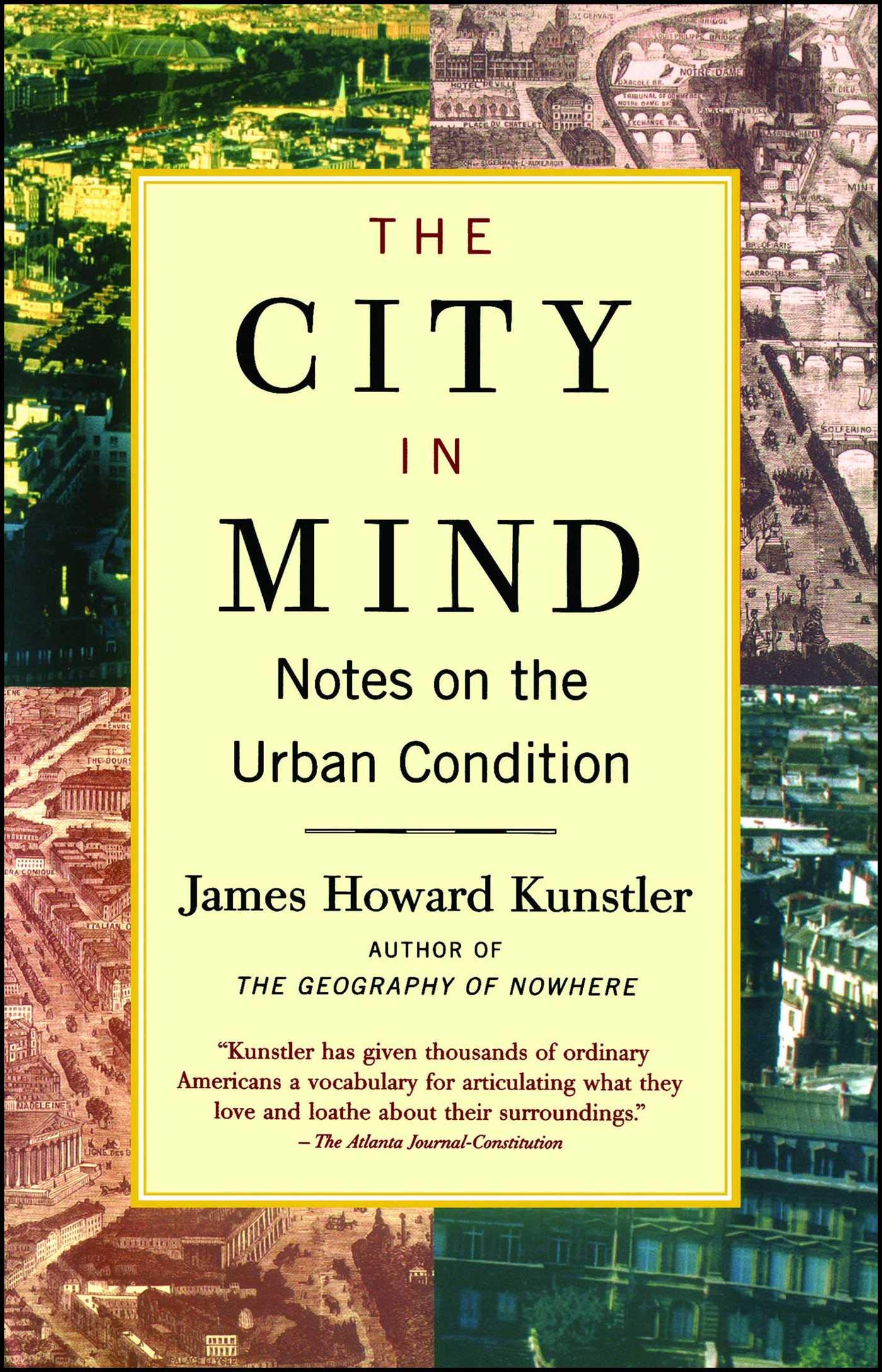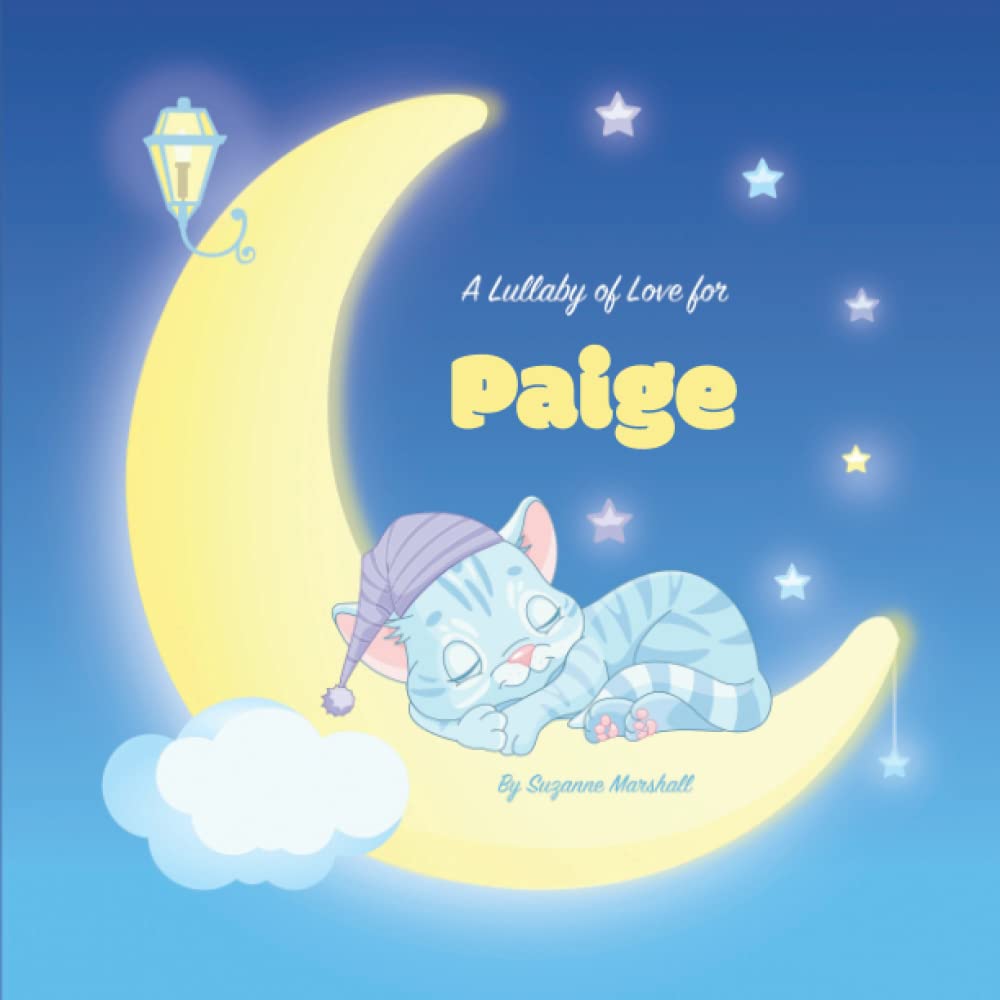In the highly acclaimed The Geography of Nowhere, James Howard Kunstler declared suburbia "a tragic landscape" and fueled a fierce debate over how we will live in twenty-first-century America. Here, Kunstler turns his discerning eye to urban life in America and beyond in dazzling excursions to classical Rome, the Aztec capital of Tenochtitlan, Louis-Napoleon's Paris, the "gigantic hairball" that is contemporary Atlanta, the ludicrous spectacle of Las Vegas, and more. Seeking to discover what is constant and enduring in cities at their greatest, Kunstler explores how America got lost in suburban wilderness and locates pathways that might lead to civic revival. His authoritative tour is both a concise history of cities and a stunning critique of how they can aid or hinder social and civil progress. By turns dramatic and comic, The City in Mind is an exceptional glimpse into the urban condition. The Atlanta Journal-Constitution Kunstler has given thousands of ordinary Americans a vocabulary for articulating what they love and loathe about their surroundings. Lloyd Eby The World & I Kunstler's acerbic opinions and mastery of the apposite phrase, occurring on nearly every page, make for exhilarating reading. Sam Morris San Francisco Chronicle Kunstler brings a real-world practicality that's lacking in too many books about cities. He's a thorough reporter, with a lively style. Michael Fainelli The Christian Science Monitor Disturbing others' sense of normality is something Kunstler does well...everyone who knows his work acknowledges his power to wake up a crowd. James Howard Kunstler is the author of two previous nonfiction books, The Geography of Nowhere and Home from Nowhere, and eight novels. His articles appear regularly in The New York Times, Atlantic Monthly, Slate, and Metropolis. The City in Mind Notes on the Urban Condition By James Howard Kunstler Free Press Copyright © 2002 James Howard Kunstler All right reserved. ISBN: 0743227239 Preface This book doesn't pretend to be the last word on cities. There are plenty of good books on the subject, which is as broad as civilization itself. But I wrote this one at a time when my own culture could not be more confused about the nature and meaning of cities and city life. My modest aim here is to redirect what has amounted in recent times to a pretty incoherent national discussion about how we live, to survey how history regards urban living arrangements in some very different periods and settings, and to discern what kinds of choices and predicaments the future may present to us. America at the turn of the millennium is suffering the woeful consequences, largely unanticipated, of trying to become a drive-in utopia. The attempt took roughly eighty years, from the end of the First World War to the brink of global warming, oil depletion, and other epochal disorders hard upon us. This nation's massive suburban build-out was an orgy of misspent energy and material resources that squandered our national wealth and left us with an infrastructure of daily life that, left as is, has poor prospects in the new century. It is also hard to overstate the cultural destruction that was one of it chief side effects, especially the loss of knowledge, tradition, skill, custom, and vernacular wisdom in the art of city-making that was thrown into the dumpster of history in our effort to fulfill General Motors' World of Tomorrow. The idea that city-making is an art rather than a product of statistical analysis or social service casework is largely the point of my opening chapter on Georges Eugène Haussmann's heroic renovation of Paris in the mid-1800s. Under the emperor Louis-Napoleon (an improved version of the original Bonaparte, his uncle), Haussmann made over Paris from a stinking and decrepitating rat-maze of slums into the epitome of everything we value about city life. In the second chapter, about Atlanta, I try to demonstrate the folly of Edge City (so-called) as both a design model and a way of living. Edge City, a term coined by the writer Joel Garreau, was supposed to represent everything cutting-edge and ultramodern in the postindustrial evolution of cities. I essay to show how Atlanta took the urban model of car-crazy Los Angeles to its most ludicrous and, in my view, terminal stage. With Atlanta, you can forgo agonizing over the future, because the present doesn't even work there. The third chapter takes us back roughly five hundred years to a unique event in history: the collision of two very strange but well-developed and dominant cultures so vastly different that they might have come from two separate planets. In 1519, a tiny Spanish expeditionary force under a brilliant rogue commander, Hernán Cortés, made contact with the death-enthralled empire of the Aztecs and conquered their gigantic, beautiful, sinister capital city, Tenochtitlán. The spirit of the Spanish Inquisition meets its match in Huitzilopochtli, voraciou













